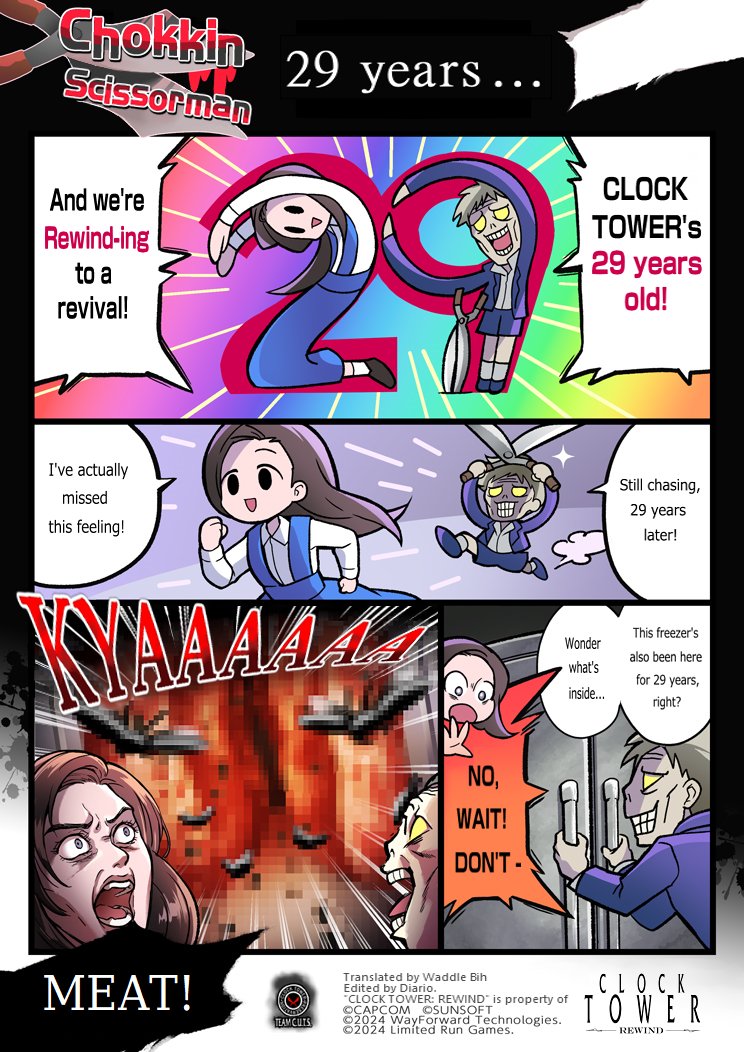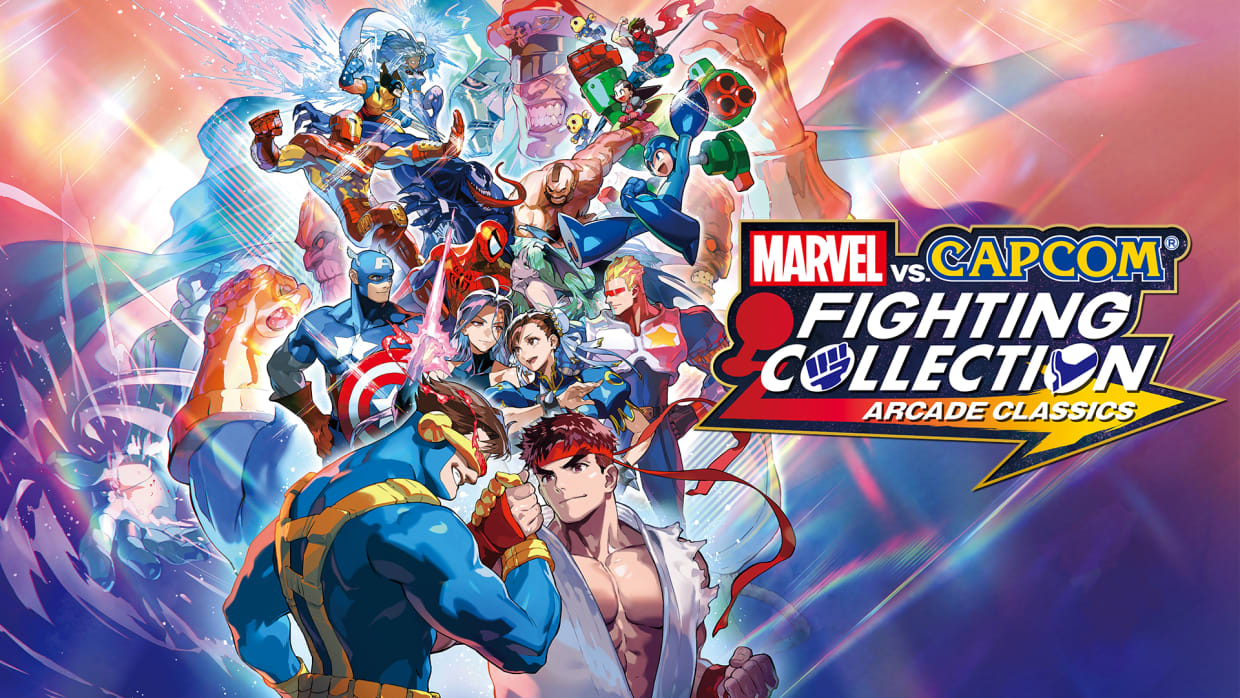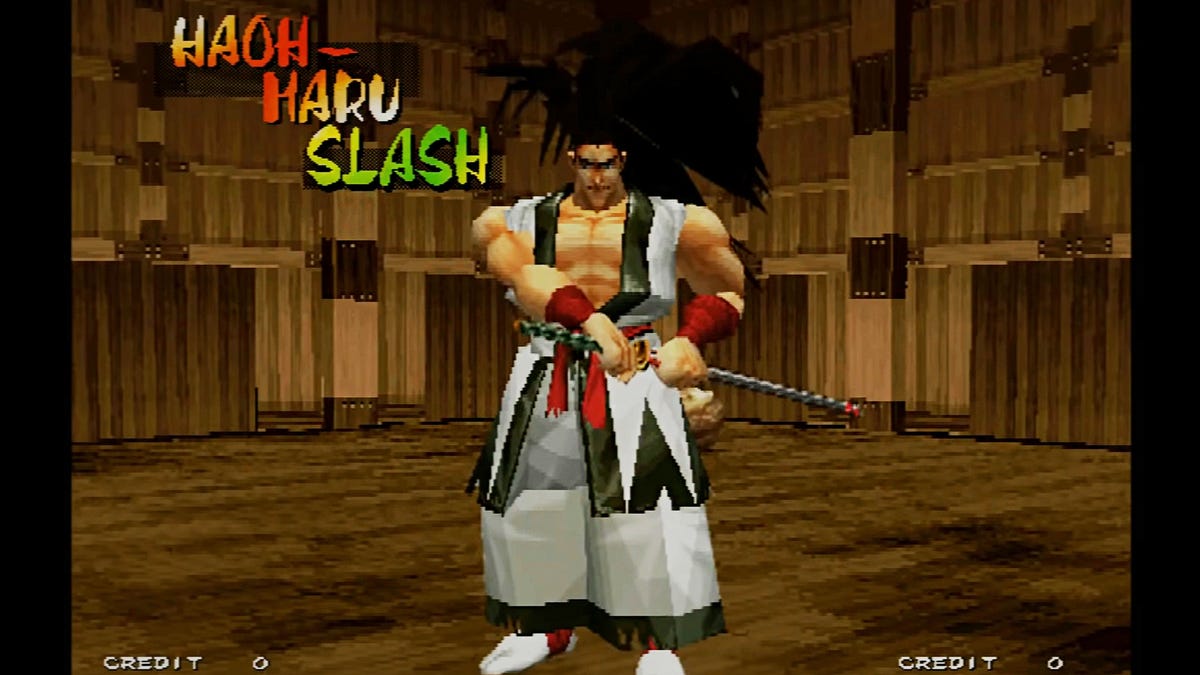When it comes to shonen manga, anime and games, there are few with as much knowledge and love as the Shonen Otaku. Join me as we look at all different varieties of action-packed media.
Tuesday, December 10, 2024
Shonen Otaku Starts Streaming!
Tuesday, October 29, 2024
Clock Tower Rewind Review
Saturday, October 12, 2024
Capcom vs. SNK: The King of Arcades: 2017-2019 (Final Round)
Saturday, September 28, 2024
Capcom vs. SNK: The King of Arcades: 2012-2014
Sunday, September 15, 2024
Capcom vs. SNK: The King of Arcades: Bonus Round!: Marvel vs. Capcom Fighting Collection
Tuesday, September 10, 2024
Capcom vs. SNK: The King of Arcades: 2009 & 2010
Wednesday, September 4, 2024
Capcom vs. SNK: The King of Arcades: 2008
Monday, August 26, 2024
Capcom vs. SNK: The King of Arcades: 2005 & 2006
What did Capcom have?
“People didn’t like our already mediocre game about Japanese warlords?! But we edited the entire setting with no context to replace it, made the music worse, changed the gameplay and even cut content! Clearly those stupid Americans don’t want it! What they want is Beatdown: Fists of Vengeance!”
“Hey, Hideaki Istuno! I have some stuff here left over from the guy who bailed! Make a sequel to Devil May Cry in a few months, will you?”
Thursday, August 22, 2024
Capcom vs. SNK: The King of Arcades: 2004
Tuesday, August 20, 2024
Capcom vs. SNK: The King of Arcades: 2002 & 2003
 |
| "Y'know that cool Japanese game about Japanese figures in Japan? What if they WEREN'T?" |
Wednesday, August 14, 2024
Capcom vs. SNK: The King of Arcades: 2001
Sunday, August 4, 2024
Capcom vs. SNK: The King of Arcades: 2000
Wednesday, July 31, 2024
Capcom vs. SNK: The King of Arcades: 1999
Monday, July 22, 2024
Capcom vs. SNK: The King of Arcades: 1998
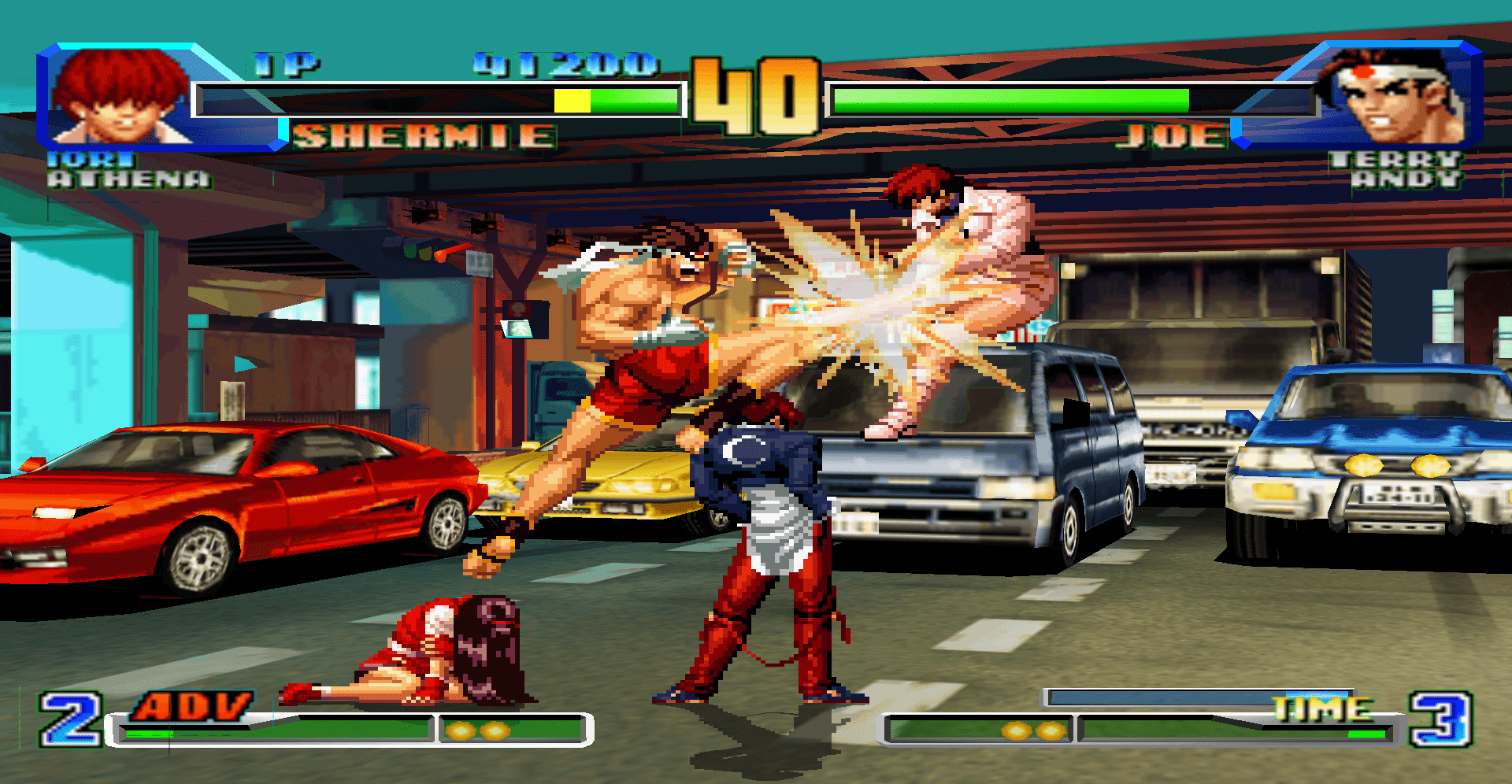 |
| 3D backgrounds! |
Sunday, July 7, 2024
Capcom vs. SNK: The King of Arcades: 1997
Wednesday, June 19, 2024
Capcom vs. SNK: The King of Arcades: 1996: Part 2
Sunday, June 9, 2024
Capcom vs. SNK: The King of Arcades: 1996: Part 1
Monday, May 27, 2024
Capcom vs. SNK: The King of Arcades: 1995: part 2
Thursday, May 23, 2024
Capcom vs. SNK: The King of Arcades: 1995: Part 1
Much like in 1994, 1995 kept a lot of the crazes of the era
rolling with continuing advances in both game design and technology. On the Super Nintendo, Chrono Trigger came
out with its intricate time travel plot, Donkey Kong Country 2 wowed audiences
just as much as the original did and Yoshi’s
The big game changer of course came from Sony with what would become their CD-based juggernaut, the Sony Playstation. With the 3D graphics possible on the PS1, the 3D gaming explosion got even bigger, with home consoles now being able to run their own versions of the latest Tekken and Virtua Fighter games, as well as console-exclusive games like Battle Arena Toshinden. The possibilities offered by the extra CD storage space opened all kinds of possibilities for game developers, like Full Motion Video, something the PC had already been dabbling in. In fact, on the PC side of things FMV games were at their peak, with Phantasmagoria, Psychic Detective and The 11th Hour delivering experiences players had never seen before.
In the fighting game space, Capcom and SNK had possibly even stiffer competition than last year, thanks to the PC and console-made fighting games you didn’t have to go to the arcades for. This was the year of Xenophage: Alien Blood Sport, Kasumi Ninja and a game still considered one of the best fighting games of all time, Expect No Mercy.
Neither Capcom or SNK was any worse for wear as there were changes coming this time, with each company’s biggest franchise making a major shift after their own periods of re-releases. Let’s see who pulls off those shifts best and came out as the better company of 1995.
Wednesday, May 15, 2024
Thursday, May 9, 2024
Capcom vs. SNK: The King of Arcades: 1994: Part 1
If we weren’t there already, we have officially reached the peak of fighting game mania. With Mortal Kombat, Street Fighter and Fatal Fury games bringing in the players, more and more companies wanted a piece of the action. There were more fighting games being made than ever before, be it on consoles or arcades.
They didn’t even stay in the games. Fighting games were being turned into major multimedia franchises. Both Fatal Fury and Street Fighter got their own movies this year and Mortal Kombat was on the way to getting one in the following year.
With such a boom, Capcom and SNK upped their arcade production this year, so much so that I need to split it into 2 parts. It was important that they did because in 1994 there was extremely tough fighting game competition.
Some of the biggest and best fighting games came out in 1994. Games like Kasumi Ninja, Ballz 3D, Shaq Fu and one of the most highly regarded fighting games even to this day, Rise of the Robots. There was also this one game called Tekken that Namco made, but who cares about that shit.
Truth be told, I don’t think either company can make a game that can surpass Rise of the Robots, but in the comparison of Capcom and SNK’s arcade games, that doesn’t matter. Time to see what we got in this crazy, crazy year.
Sunday, May 5, 2024
Capcom vs. SNK: The King of Arcades: 1993
1993 was also a big year for 3D gaming. The PC megahit Myst came out with its 3D pre-rendered backgrounds and full motion video, while on the console side, Nintendo made Star Fox, a game able to render polygons on a Super Nintendo cart. For fighting games, Sega topped off the year by revolutionizing the genre by adding a 3D element with Virtua Fighter. It was a year of major technological advancements for the medium of gaming.
| I have to admit, 3D models having faces is pretty impressive too. |
Though 3D fighting would blow up in the coming years in large part due to Virtua Fighter, Capcom and SNK were still sticking with what they had in two dimensions, albeit with less releases this time. In fact, this year Capcom only has 3 games to work with. Even still, there’s a direct point of comparison with two of Capcom’s games. Both have an updated version of their hit fighting games and, more uniquely, both have a wrestling game.
Let’s see who gets treated like Roman Reigns and who gets treated like John Cena!
Monday, April 29, 2024
Capcom vs. SNK: The King of Arcades: 1992: Part 2
Sunday, April 21, 2024
Capcom vs. SNK: The King of Arcades: 1992: Part 1
Sunday, April 14, 2024
Capcom vs. SNK: The King of Arcades: 1991
Tuesday, April 9, 2024
The Final Days of Nintendo Online
Monday, April 1, 2024
Capcom vs. SNK: The King of Arcades: 1991: Part 1
Saturday, March 30, 2024
Capcom vs. SNK: The King of Arcades: 1990
It is now officially the 90s! It’s the time to wear flannel, parachute pants, sunglasses and hats on backwards, at least according to what pop culture tells me.
There’s nothing good on TV though so we go to gaming for our
entertainment. In the realm of gaming,
technology was going into the next generation.
The Sega Genesis released in
SNK released the Neogeo. This thing was a beast with some of the highest possible memory capacity allowing for the most detailed graphics and the best sound, all with expandable memory cartridges that would allow for even bigger and better games throughout its 14 year run, one of the longest in gaming history. When it came to 2D games, the Neogeo was at the top of the line.
Tuesday, March 19, 2024
Capcom vs. SNK: The King of Arcades: 1989
It’s 1989 and even though it hasn’t hit the start of the next decade, you might consider this year to be 90s as hell. 1989 is when a lot of cornerstones of the era got their start as they continued into the next decade. Tim Burton’s Batman movie changed the way people looked at comic book movies and a few years later lead to the creation of Batman: The Animated Series.
Disney’s The Little Mermaid hit theaters, leading to what is called the Disney Renaissance with several more iconic animated movies from the company in the following years. In gaming, one of the games I’ll be looking at, Final Fight, also set a standard for beat-em-ups of the 90s. It was the transitionary period to the new decade and both Capcom and SNK brought both their A-games and B-games. Let’s see who comes out on top!
Monday, March 11, 2024
Capcom vs. SNK: The King of Arcades: 1988
It’s 1988 and the pop culture swing of the era wasn’t quite over yet, what with Die Hard, Bloodsport and even slasher icon Chucky in Child’s Play all hitting theaters. Signs of the move into the technological advancement era of the 90s started to trickle in though, as a thing you might have heard of called the internet made its very first official connection and Capcom brought out their new weapon in the fight against SNK: The Capcom CPS.
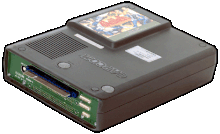 |
| It's more what you didn't see inside the cabinet that impressed. |
The newfound power given by this mighty piece of hardware would allow Capcom to be on the cutting edge, with more and bigger sprites and better, clearer audio to make for gaming experiences not even the 16-bit consoles that would come out a few years later could match. SNK, meanwhile, hadn’t quite made that leap. Perhaps bigger doesn’t mean better and SNK can instead eke out a win this year with their charm and game design alone, but it’ll be some stiff competition.
Saturday, March 9, 2024
Capcom vs. SNK: The King of Arcades: 1987
who's bad?
 |
| Well, Data East, but that's not until next year. |
Sunday, March 3, 2024
Capcom vs. SNK: The King of Arcades: 1986
1985 was a year of shooty shooty bang bang arcade games and that trend continues with 1986, but perhaps because they were aware of the saturation of such games, this year saw some new innovations. The question then is who innovated and polished their games the best.
Ikari Warriors(SNK): Ikari Warriors has a lot of the same problems as its run n’ gun contemporaries of this time period, but makes enough significant improvements to make it stand out. It’s viciously unfair and brutal like the others, but unlike TNK3, the Ikari Warriors can move a little faster and unlike Commando, bullets are bigger and easier to distinguish. When the enemies thinned out in between impossible to dodge onslaughts of deceptive grenade blast radiuses and hails of endless machine gun fire, there were moments of fun. Those 5-15 seconds of not dying, dodging bullets while gunning down enemies and the grenade trajectories cooperating gave me dopamine hits that were just frequent enough to keep me going. It helps that it’s also one of the nicest-looking games yet and there’s only 2 music tracks, but the main one is long enough to make it not feel grating and it’s an impressive bit of music for the time, with the multiple layers and backup drum beat.
Monday, February 26, 2024
SNK vs. Capcom: The King of Arcades: 1985
At last the clash of the century begins. Capcom and SNK, having already established a portfolio of modest titles, but 1985 is when things start to get heated. Something you may notice though is that their games of 1985 are very… Shooty. In fact all of them are either space shooters or military shooters. It could be a coincidence, but there was also a very shooty movie that came out that same year.
It’s entirely possible that the monster popularity of this shooty movie influenced what games they were wanting to make. Just a hunch, but regardless of their intentions, what matters here is how good they are, so let’s begin.
Saturday, February 24, 2024
SNK vs. Capcom: The King of Arcades: Introduction (1979-1984)
In a truly massive sale from the Humble Bundle, I recently acquired a wealth of classic Capcom arcade titles and before that I had already amassed a wealth of classic SNK arcade titles. To add to that, I have access to a wealth of various classic arcade titles through a chain of arcades all within driving distance and I have coupons for them to boot. With such a massive collection at my fingertips, I thought I’d do something fun.
I didn’t get to go to a lot of arcades back in the 90s and when I did, I was such a small kid that I could barely reach the controls. Even when I could, I couldn’t really appreciate what was going on. Now that I’m older and more experienced, I’m going back in time to the days of Capcom and SNK’s rivalry. The days before Sengoku Basara 4 or Mohammed Bin Salman; the simpler times. Both companies were innovating and making games of all types and genres, but now that I can assess the majority of their catalogues, I can answer the question of which company I would’ve considered the best of their day.
For this series of posts, I’ll be playing through both SNK and Capcom’s arcade games by order of release, year by year, and judge which company made the best games. For each game I’ll be giving some of my thoughts. Some brief, but some a little more in-depth as there are a few I have a bit of a history with to tell. With over 100 of these games to play in total, I won’t be going in-depth on every single one and each one will be judged by how much fun I have, regardless of the time period.
